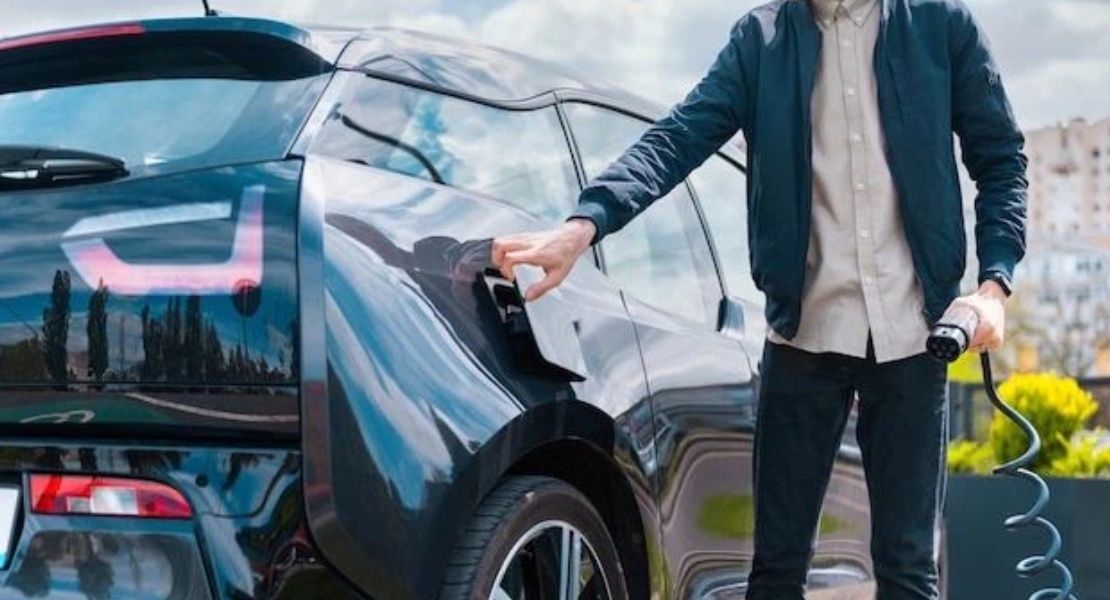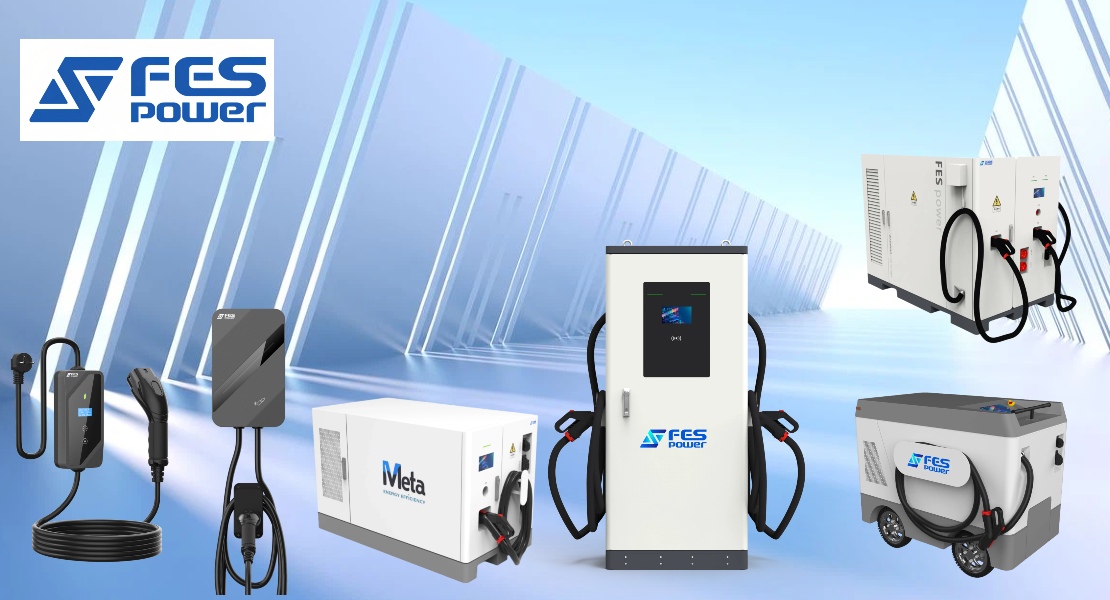- Call Us : +86-15060765919
- Mail Us : bella@fespower.cn
As electric vehicles (EVs) become a mainstream mode of transportation, more drivers are starting to wonder: “Can I stay inside my car while it’s charging?”
This simple question actually reflects a deeper curiosity about charging safety, comfort, and the evolution of EV charging infrastructure.

🔍 Why Does This Question Arise?
Unlike refueling at a gas station, charging an EV often takes much longer—sometimes 30 minutes or more. Naturally, many drivers prefer to stay inside the car to wait. But concerns soon follow:
Is it truly safe to remain inside during high-voltage charging?
Could there be any risks in enclosed environments, such as lack of ventilation or electromagnetic exposure?
From a technical perspective, modern charging systems are well-protected. EV chargers and vehicles communicate through multiple safety layers — including insulation monitoring, ground detection, and connection verification — before power is delivered.
In short, staying inside the car is generally safe from an electrical standpoint. The system simply won’t allow charging if there’s any risk.
🚗 Best Practices for Different Charging Scenarios
Safety aside, the optimal behavior varies by location:
🏠 Home charging:
Drivers can briefly remain inside the car, but stepping out for better air circulation and overall safety is still recommended.
🏙️ Public charging stations (malls, service areas):
Modern stations increasingly provide dedicated lounges, cafés, or waiting zones, allowing drivers to rest or work comfortably while their vehicles charge.
🏢 Underground or enclosed areas:
In poorly ventilated spaces, it’s best to exit the vehicle to prevent air quality issues and ensure a quick response in case of emergency.
🌿 From “Charging” to “Experience”: The Next Step
Charging stations are no longer just about supplying power—they’re becoming experience-driven service hubs.
Forward-thinking operators are introducing:
☕Smart rest pods and comfort lounges
📶Mobile workspaces with Wi-Fi
💡Automated vending and ambient lighting systems
This transformation not only enhances driver comfort but also adds commercial value to the charging ecosystem.
In the future, “vehicle–charger–driver integration” will define how we design EV infrastructure.

⚙️ FES Power’s Perspective and Innovation
At FES Power, we believe that great charging solutions go beyond speed—they deliver safety, flexibility, and a better experience.
Our DC Series fast chargers feature intelligent safety protection and high efficiency for both commercial and public use.
The Meta+ mobile charging unit provides up to 60kW output, enabling on-demand charging in areas where fixed stations are impractical.
We also emphasize scenario-based solutions, bringing adaptable charging services to urban centers, logistics hubs, and smart campuses alike.
Through these innovations, FES Power aims to redefine what “charging convenience” means in a smarter energy ecosystem. ⚡
💬 Final Thought
The question “Can drivers stay inside the car while charging?” is not only about safety, but also about experience.
As EV adoption grows, charging will evolve from a technical process into a service experience that connects people, vehicles, and energy seamlessly.

🌍At FES Power, we envision a future where charging is smarter, safer, and more human-centered — because true innovation starts with understanding how people live and drive. 🔋